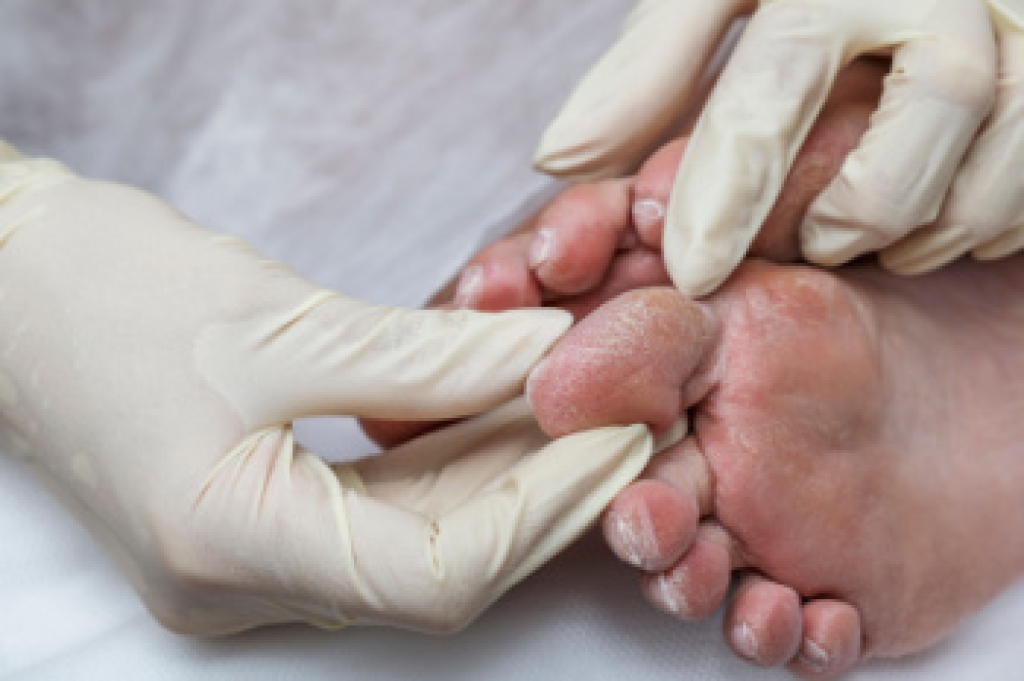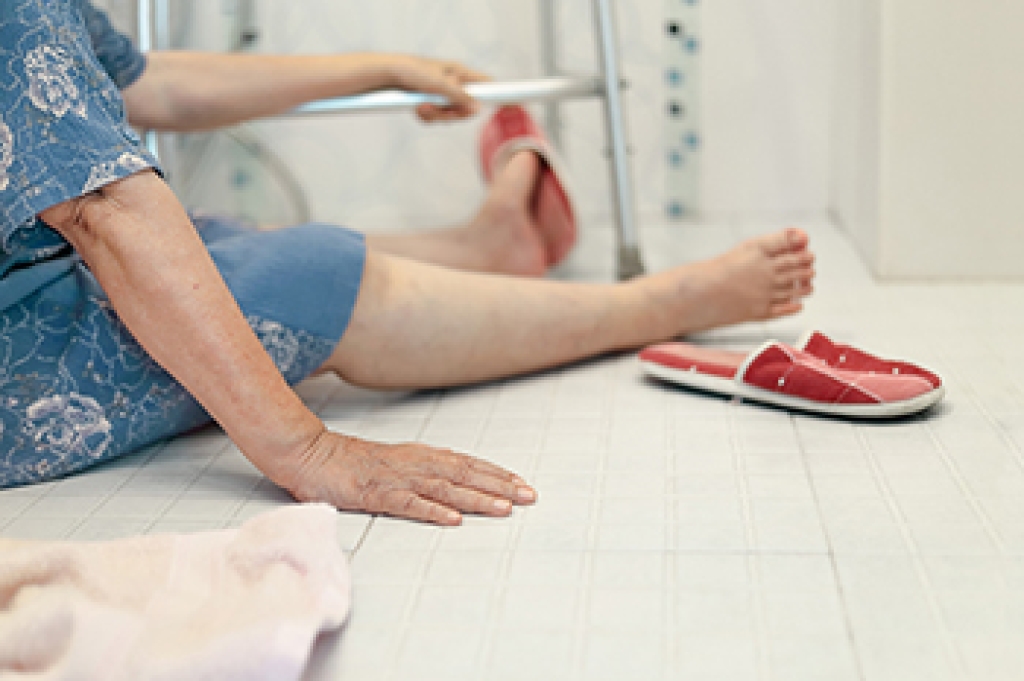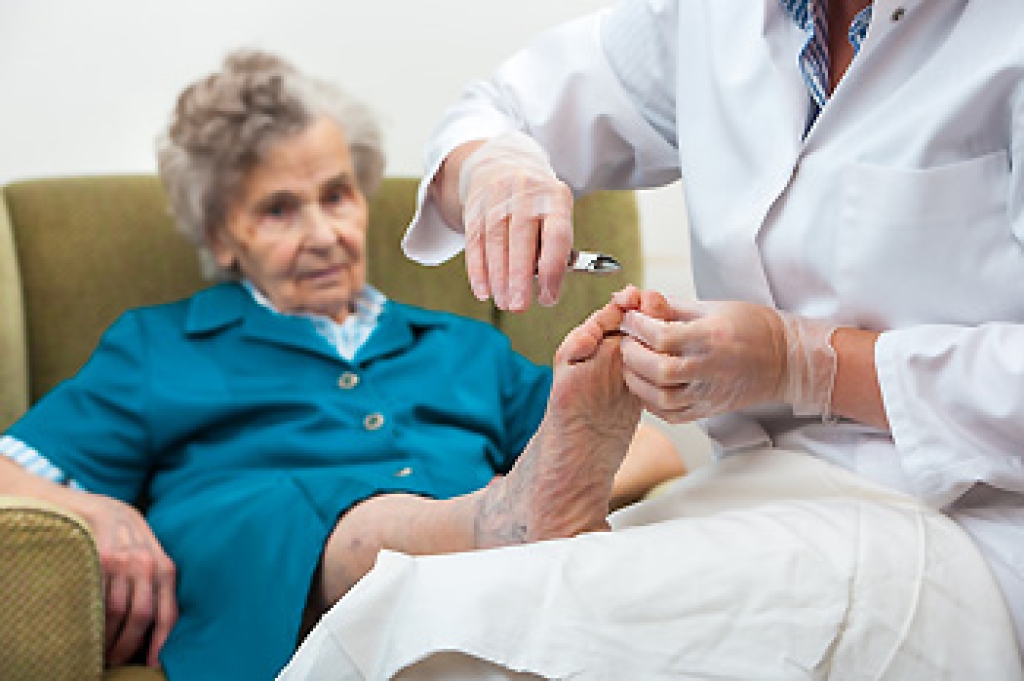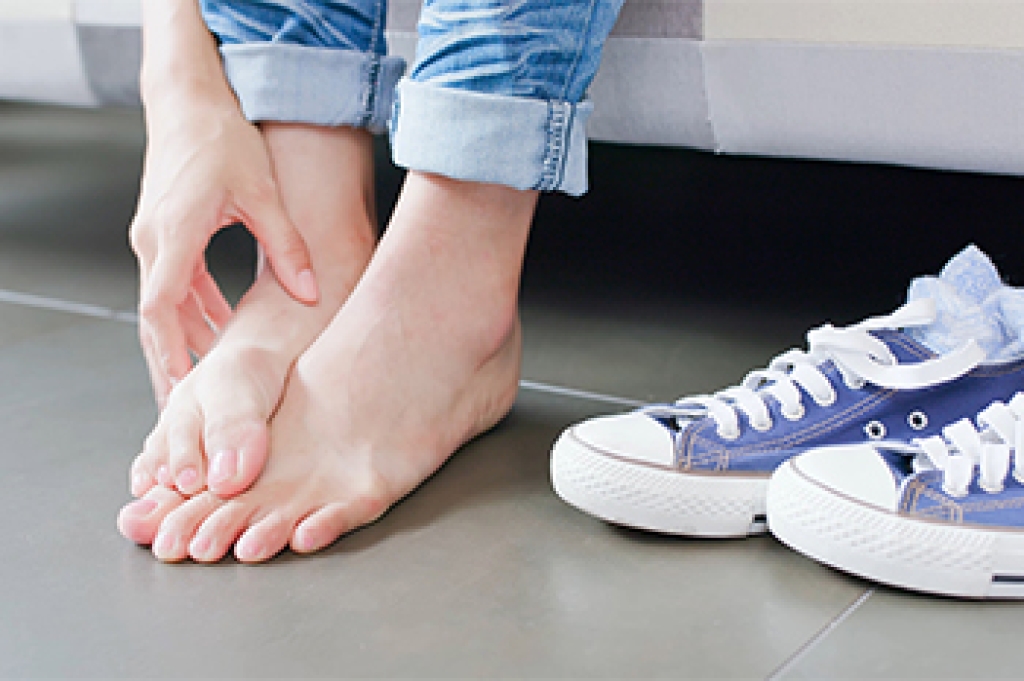
For someone living with diabetes, the feet are especially vulnerable to problems that can escalate quickly. Reduced sensation from nerve damage can make it hard to notice cuts, blisters, or pressure spots, while changes in circulation can slow healing. A podiatrist would stress the importance of regular professional exams to detect issues before they become serious. They can identify subtle skin changes, monitor nail health, and check for early signs of infection or ulcers. Ongoing care might include trimming nails to avoid injury, fitting shoes that reduce pressure points, and treating corns or calluses safely. Education is also part of the visit, with guidance on recognizing warning signs like redness, swelling, or drainage. If you have diabetes and have even minor concerns about the health of your feet, it is suggested that you schedule an appointment with a podiatrist for prompt care to reduce the risk of complications that can impact overall mobility and quality of life.
Diabetic foot care is important in preventing foot ailments such as ulcers. If you are suffering from diabetes or have any other concerns about your feet, contact one of our podiatrists from Footcare Now. Our doctors can provide the care you need to keep you pain-free and on your feet.
Diabetic Foot Care
Diabetes affects millions of people every year. The condition can damage blood vessels in many parts of the body, especially the feet. Because of this, taking care of your feet is essential if you have diabetes, and having a podiatrist help monitor your foot health is highly recommended.
The Importance of Caring for Your Feet
- Routinely inspect your feet for bruises or sores.
- Wear socks that fit your feet comfortably.
- Wear comfortable shoes that provide adequate support.
Patients with diabetes should have their doctor monitor their blood levels, as blood sugar levels play such a huge role in diabetic care. Monitoring these levels on a regular basis is highly advised.
It is always best to inform your healthcare professional of any concerns you may have regarding your feet, especially for diabetic patients. Early treatment and routine foot examinations are keys to maintaining proper health, especially because severe complications can arise if proper treatment is not applied.
If you have any questions, please feel free to contact our offices located in Elmhurst Jackson Heights, Astoria, Rego Park, and Forest Hills, NY . We offer the newest diagnostic and treatment technologies for all your foot care needs.




